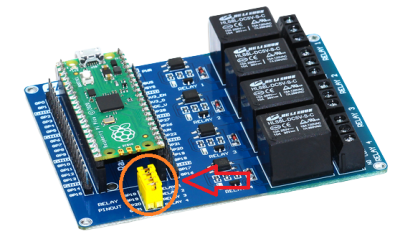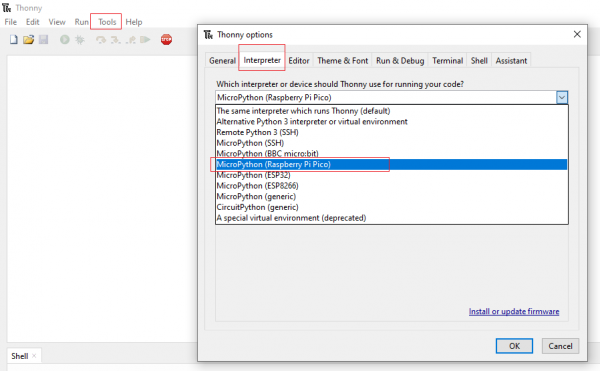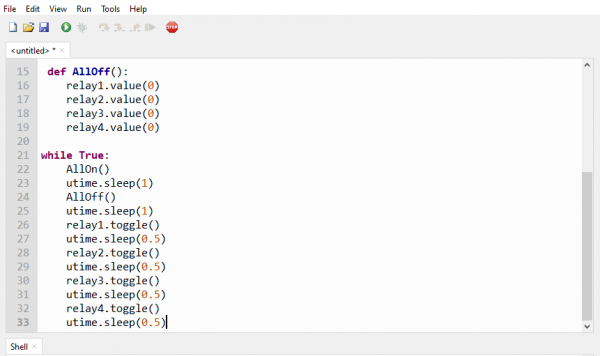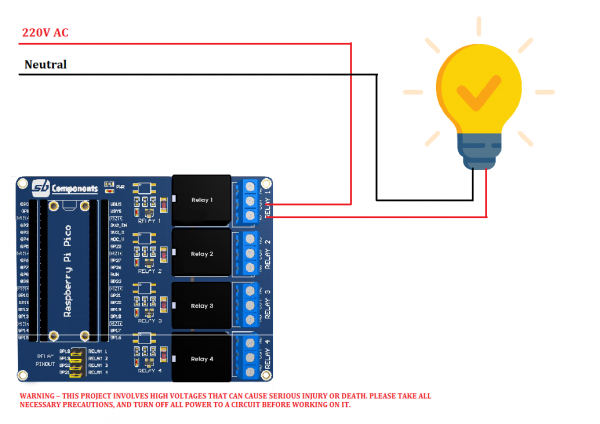Difference between revisions of "Pico-Relay-Board"
From SB-Components Wiki
| (One intermediate revision by the same user not shown) | |||
| Line 22: | Line 22: | ||
</div> | </div> | ||
<div class="large-4 column"> | <div class="large-4 column"> | ||
| − | [[File:Pico_relay_board.png]] | + | [[File:Pico_relay_board.png|thumb|left|alt=Pico Relay Board| Buy it From : ''[https://shop.sb-components.co.uk/products/raspberry-pi-pico-relay-board Click Here]'']] |
</div> | </div> | ||
</div> | </div> | ||
| Line 45: | Line 45: | ||
<li> Click on green play button to run example of Pico Single channel Relay HAT. </li> | <li> Click on green play button to run example of Pico Single channel Relay HAT. </li> | ||
[[File:Thonny_play.PNG]] | [[File:Thonny_play.PNG]] | ||
| − | + | </br> | |
| − | <b>Note: </b> You can use any other GPIO of Raspberry Pi Pico by removing default jumper and | + | <b>Note: </b> You can use any other GPIO of Raspberry Pi Pico by removing the default jumper and connecting it to GPIO using jumper cables.</b> |
== Resources == | == Resources == | ||
Latest revision as of 11:19, 11 June 2021
Pico Relay Board
Raspberry Pi Pico Relay Board is developed by SB Components with the potential to control up to 4 appliances and loads up to 250V AC@ 7A, 30V DC@ 10A. It provides a way for the users to control the high voltage/current devices.
Features
Specifications
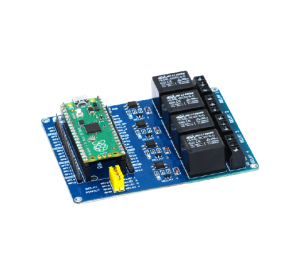
Buy it From : Click Here
Pinout
Installation
MicroPython
Source code : https://github.com/sbcshop/Raspberry-Pi-Pico-Relay-Board

Note: You can use any other GPIO of Raspberry Pi Pico by removing the default jumper and connecting it to GPIO using jumper cables.

